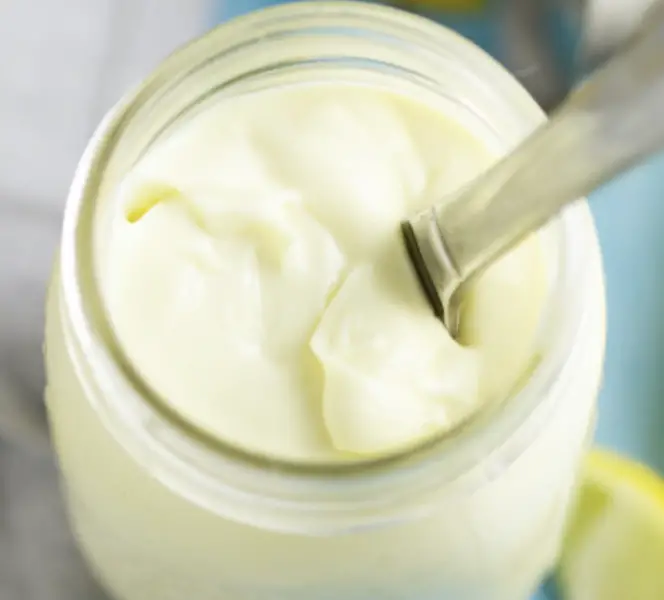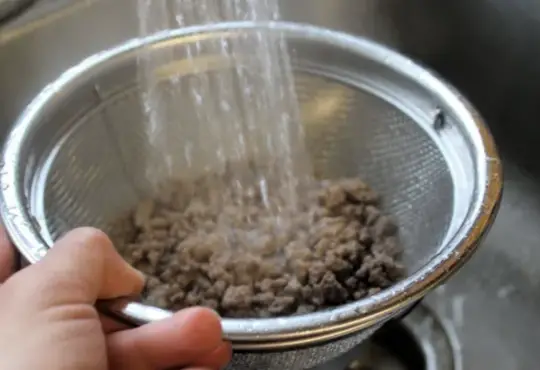
Safeguarding Your Sandwich: How to Tell if Mayo is Bad
Mayonnaise, a creamy and tangy condiment, is a beloved staple in many households. Whether used as a sandwich spread, salad dressing, or a base for various dips, mayo adds a delectable richness to a wide range of dishes. However, like all perishable items, mayo can go bad if not properly stored or if it exceeds its shelf life. In this blog post, we’ll explore how to tell if mayo is bad, and some essential tips to ensure you enjoy your mayo safely.
- Check the Expiration Date:
The easiest and most foolproof way to determine if mayo is still safe to consume is by checking its expiration date. Most store-bought mayonnaise containers have a “best by” date printed on them. If the mayo has passed this date, it is best to discard it, as it may no longer be safe to eat.
- Inspect the Consistency:
Fresh mayo should have a smooth, creamy consistency. If you notice any separation of the ingredients, such as liquid pooling on the top or a curdled appearance, it could be a sign that the mayo has gone bad. In such cases, it’s best not to use it.
- Observe the Smell:
Another telltale sign of spoiled mayo is an off or rancid smell. Fresh mayo should have a mild, pleasant aroma. If you detect any sour, rotten, or foul odor, it is an indication that the mayo has spoiled and should be discarded immediately.
- Check for Mold or Discoloration:
Mold growth is a clear indicator that mayo has gone bad. Check the surface and edges of the mayo for any signs of mold or unusual discoloration. If you see any green, black, or other colored spots, it’s a sure sign that the mayo is no longer safe to eat.
- Observe Changes in Taste:
Spoiled mayo may also have a noticeably different taste. If your mayo tastes sour, bitter, or unpleasant, it’s best to stop using it and dispose of it properly.
Tips for Properly Storing Mayo:
To extend the shelf life of your mayo and ensure it remains fresh for as long as possible, follow these storage tips:
- Refrigerate Promptly: Mayo should be refrigerated after opening. Always store it in the refrigerator, preferably at temperatures below 40°F (4°C), to prevent bacterial growth.
- Keep the Container Sealed: Make sure the mayo container is tightly sealed after each use. Exposure to air can lead to spoilage.
- Avoid Cross-Contamination: Use clean utensils to scoop out the mayo and avoid cross-contamination from other foods.
Conclusion:
Being able to recognize the signs of spoiled mayo is essential for safeguarding your health and enjoying your favorite dishes without any worries. By following the storage tips and checking for the telltale signs of spoilage, you can ensure that your mayo remains fresh and safe for consumption. Always remember to adhere to the expiration date and practice proper food safety measures to keep your mayo at its best. With these guidelines in mind, you can confidently enjoy your creamy and delicious mayo-based creations!






